These are the images of a second intervention we did on plate heat exchangers of a customer in the pharma industry, that employs them in a production line of API used for the treatment of Covid-19.
The customer called us two days before Easter, and the regenerated exchanger was ready to be delivered the following friday. The exchanger is composed by 85 titanium plates, since the customer works using an anti-freeze solution, an aggressive agent on AISI 316 stainless steel and potentially causing pitting on this material.
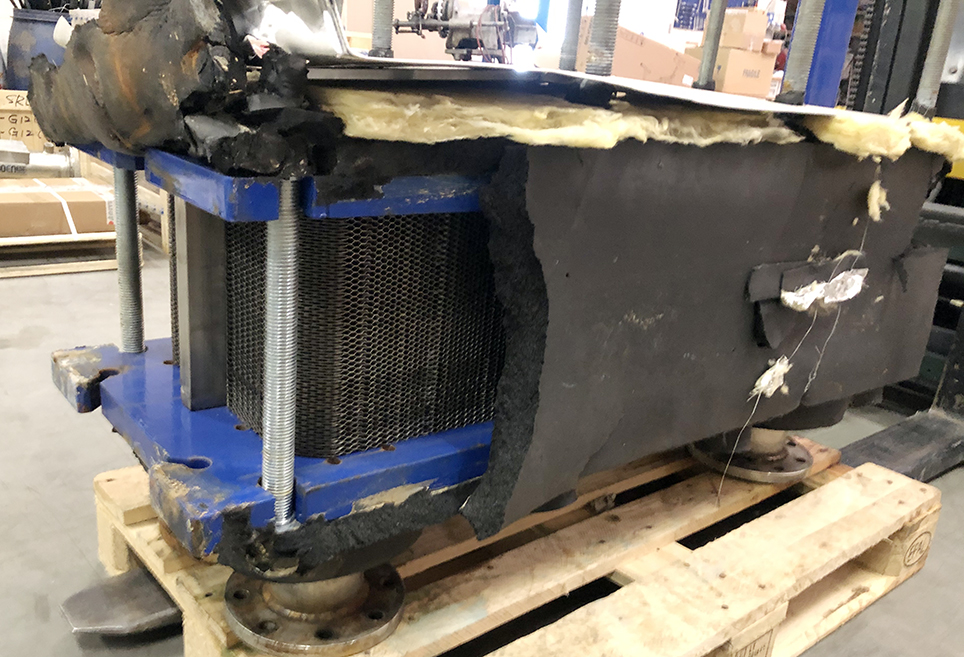
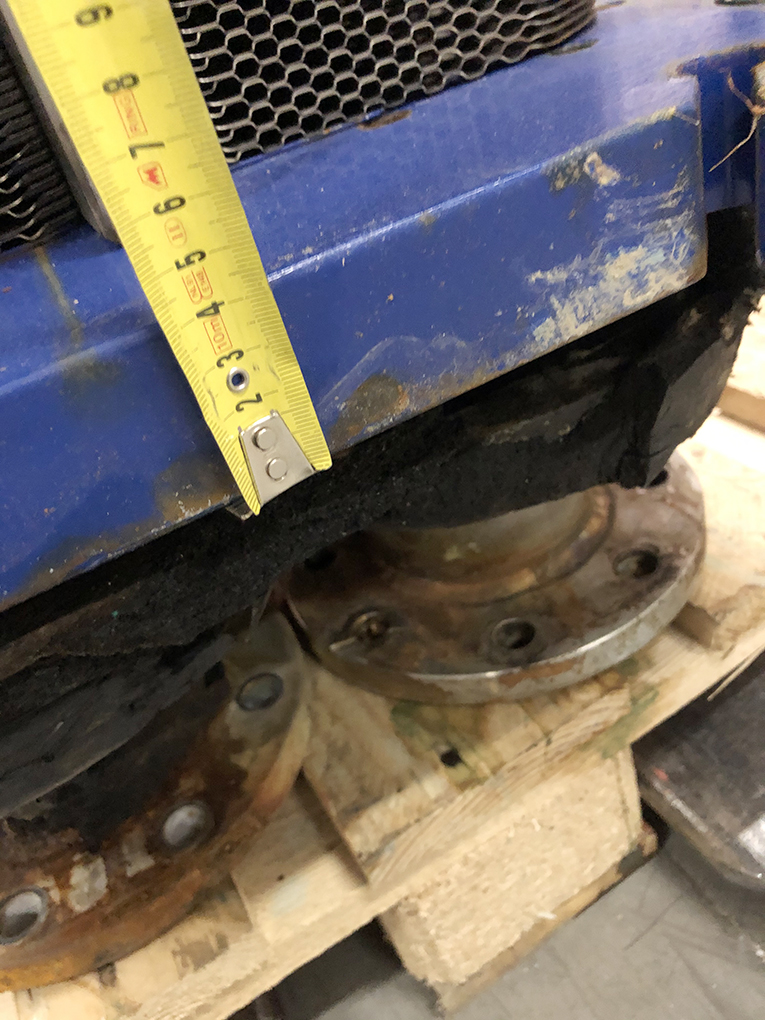
The intervention started with an overall visual check of the exchanger, continuing with complete disassembly and with the regeneration. The revamping operation involved the following steps:
- Plates cleaning with high-pressure washer;
- Old gasket removal without using metal tools;
- Plates cleaning with proper chemical bath, rinsing and drying;
- Gasket housings cleaning to remove rubber and/or glue traces;
- Visual check of plates and pressing geometry control, with restoring if needed;
- Control with penetrating liquids on 100% of plates (CND controls);
- Washing to remove any remaining of penetrating liquids on plates and drying;
- Supply and application of the new gasket.
Due to the fact that titanium is the plates’ material here, controls with penetrating liquids must be very scrupulous, because titanium is very much resistant against corrosion and chloride assault, but it’s a more fragile material compared to steel.
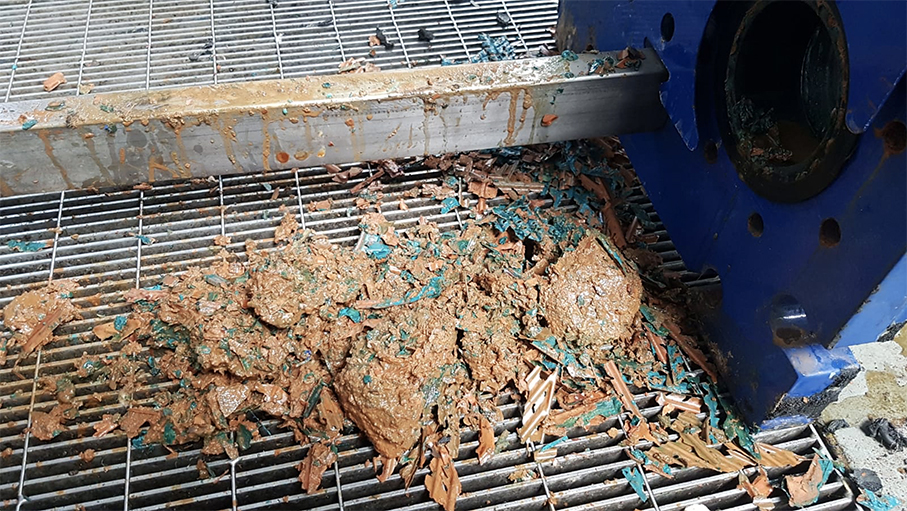
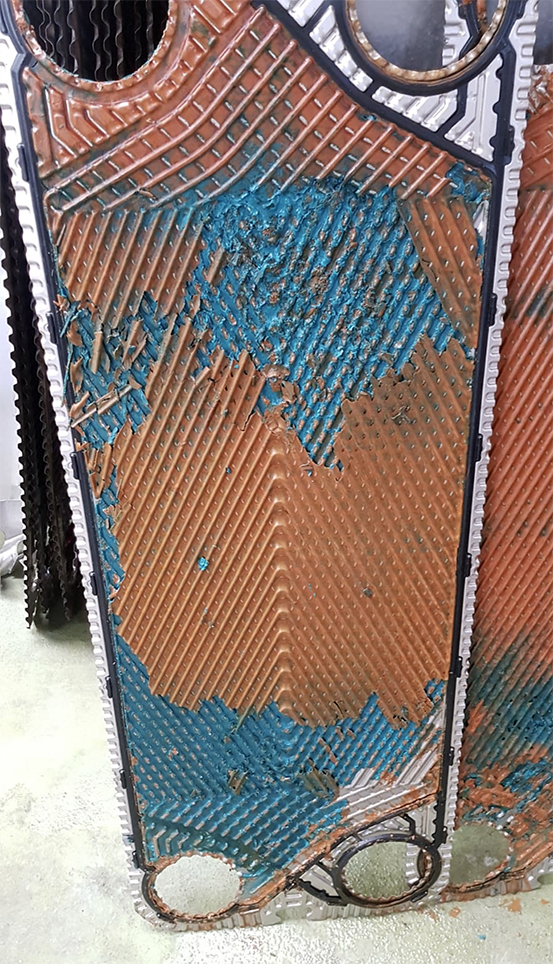 Having it all be done, the exchanger has been closed respecting the tightening standard settings, then proceeding with pressure test of both circuits separately. A data plate has been put on the machinery, updated with the date of the regeneration intervention and a serial number for future traceability of spare parts employed (gaskets, nozzle liners). The revamped exchanger was finally ready to be re-installed.
Having it all be done, the exchanger has been closed respecting the tightening standard settings, then proceeding with pressure test of both circuits separately. A data plate has been put on the machinery, updated with the date of the regeneration intervention and a serial number for future traceability of spare parts employed (gaskets, nozzle liners). The revamped exchanger was finally ready to be re-installed.
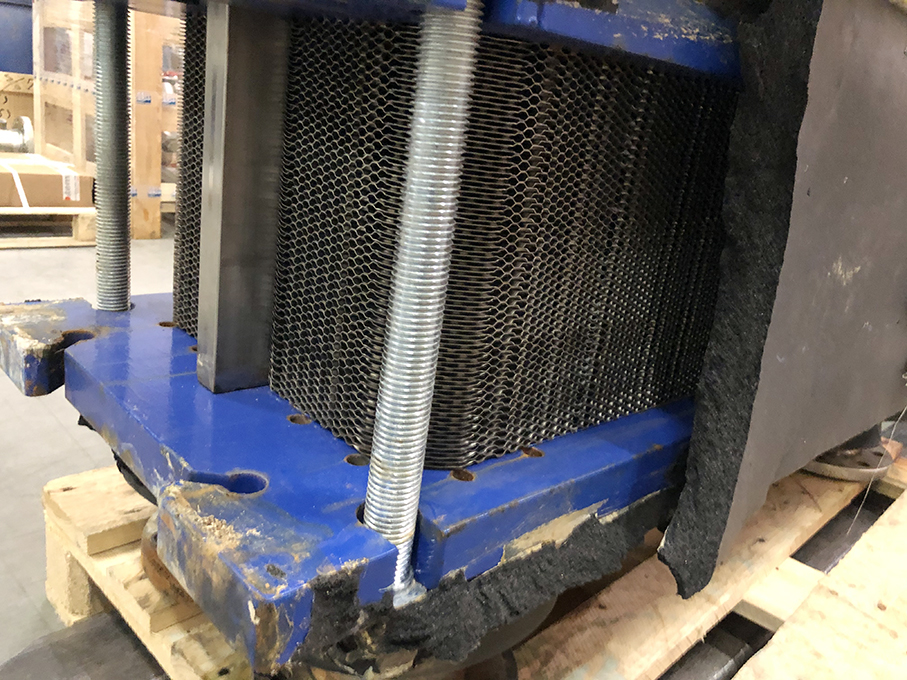
Subscribe here to our Tempco Newsletter – Solid Temperature.
